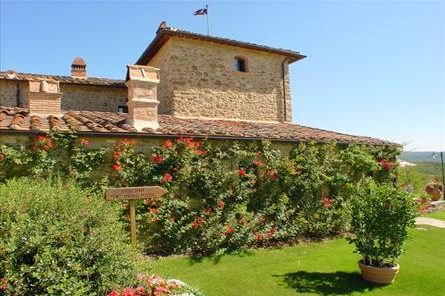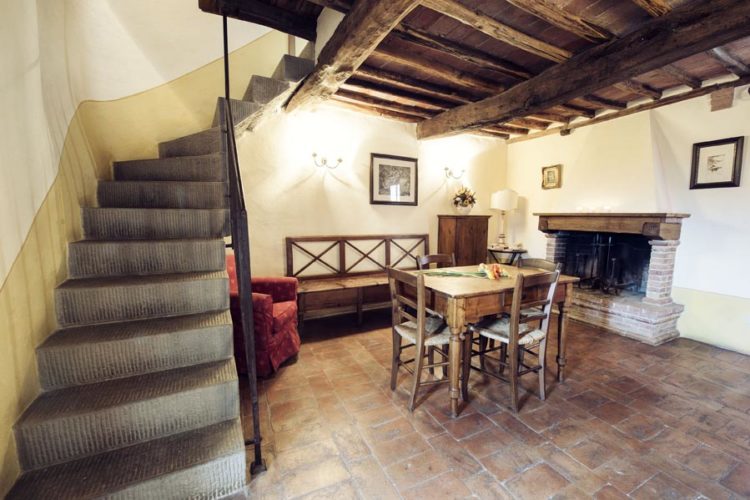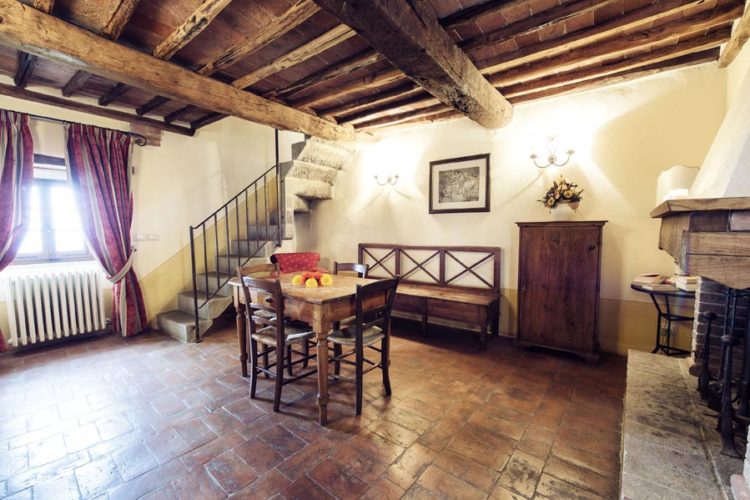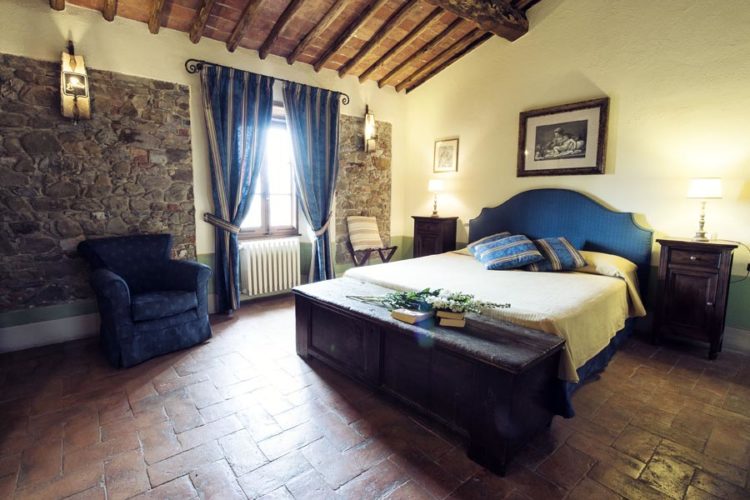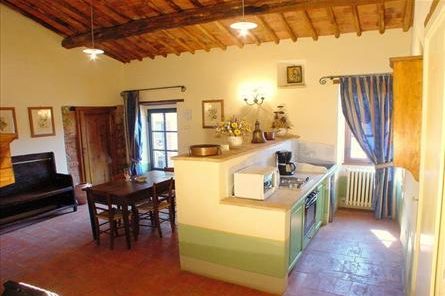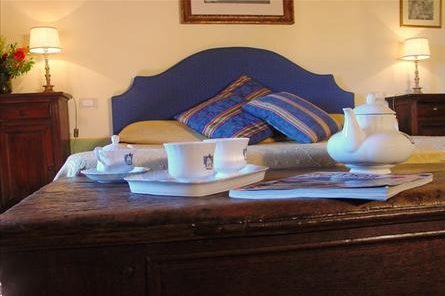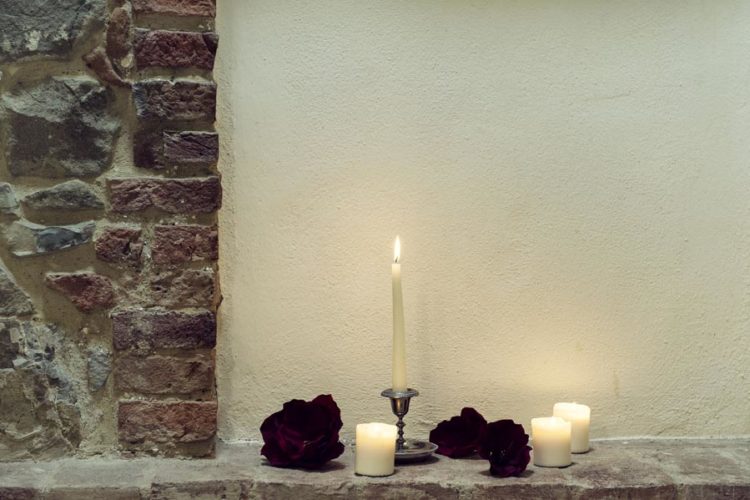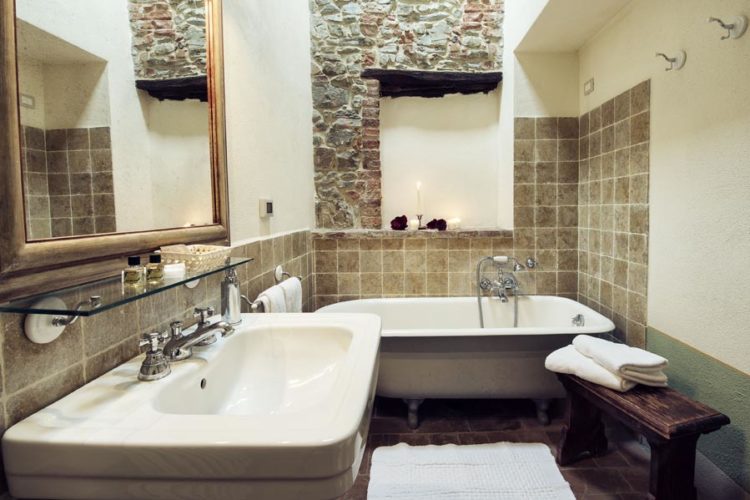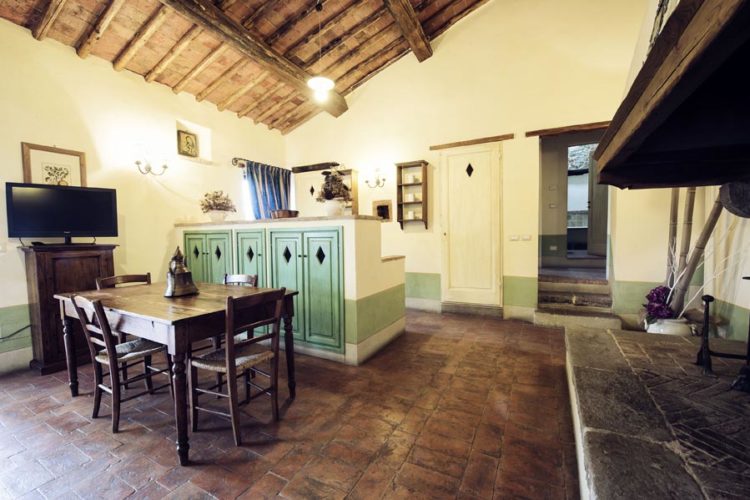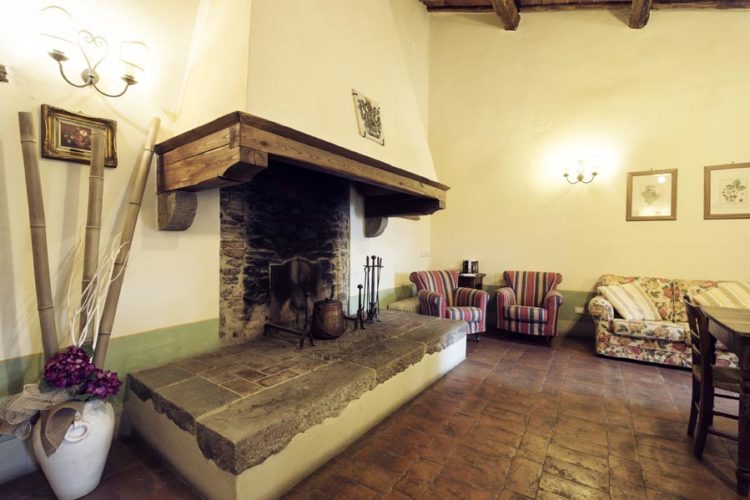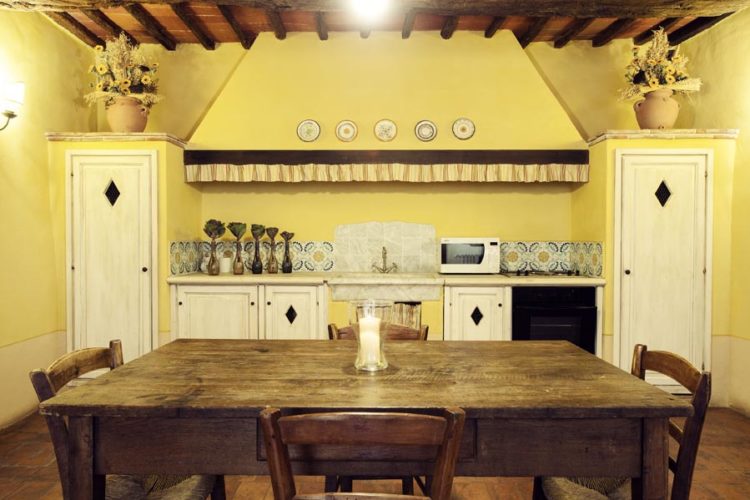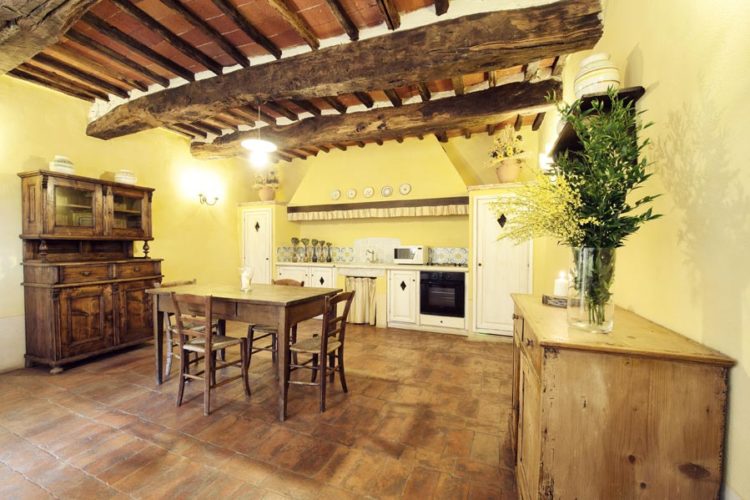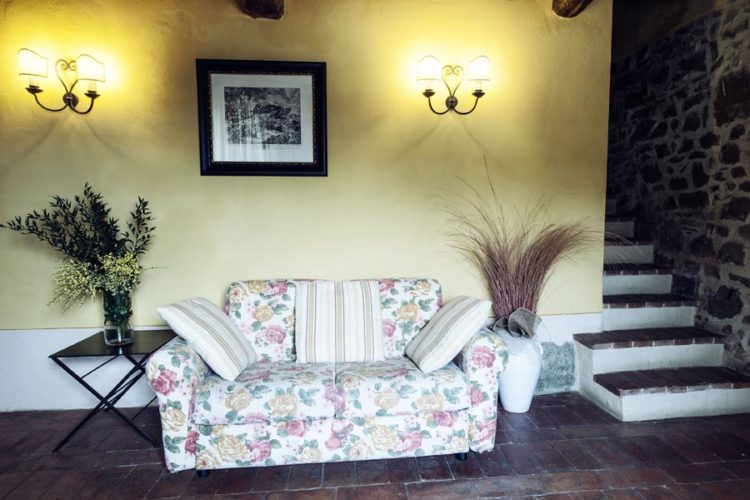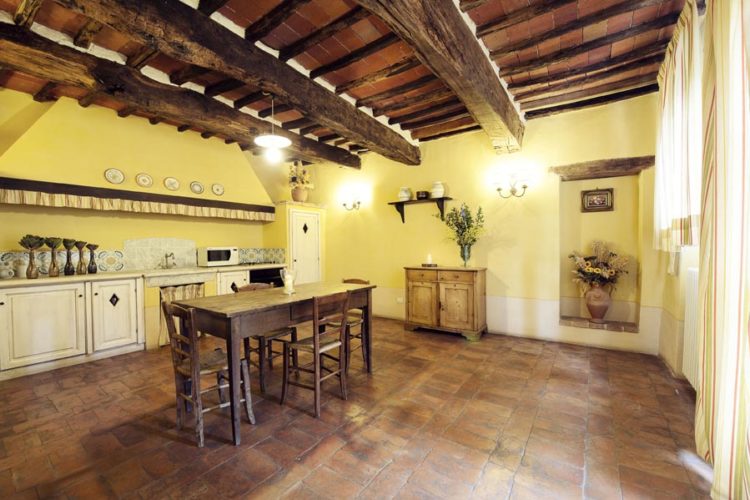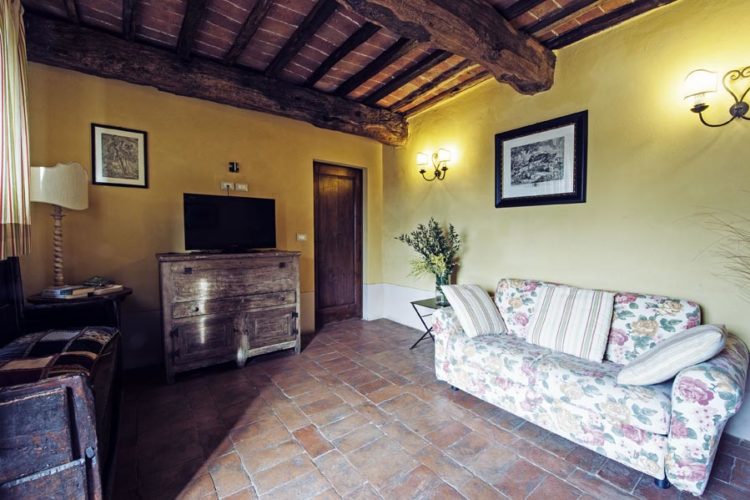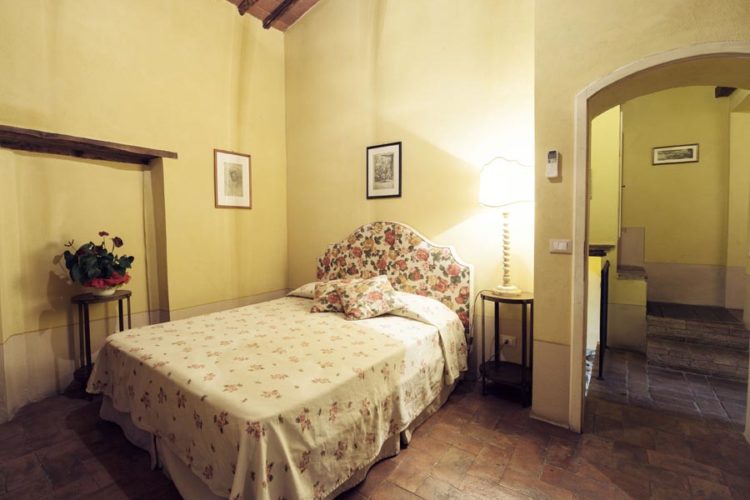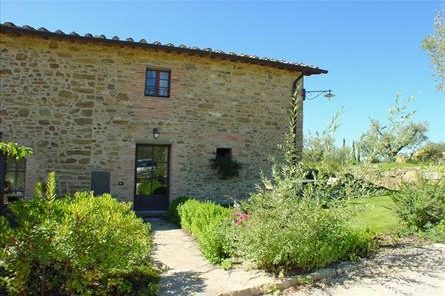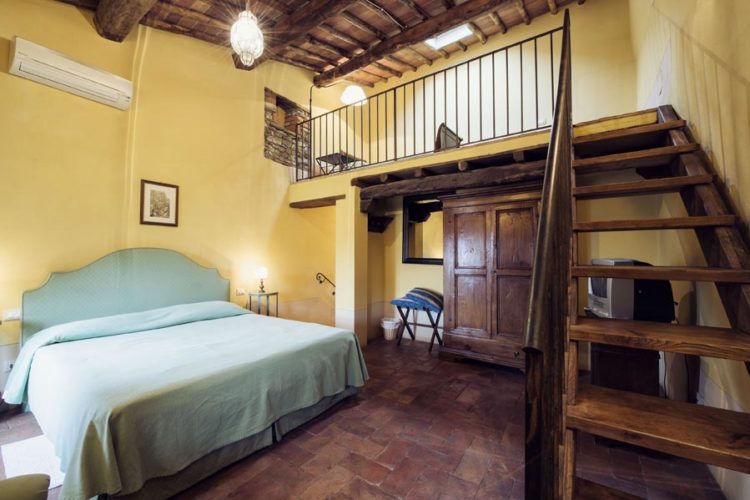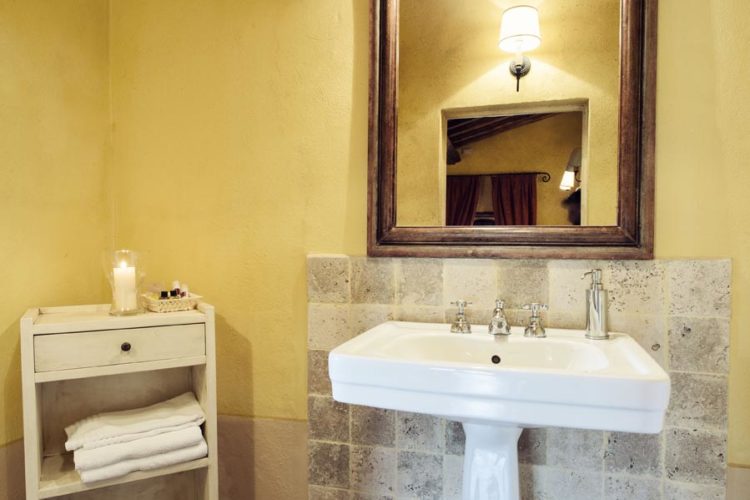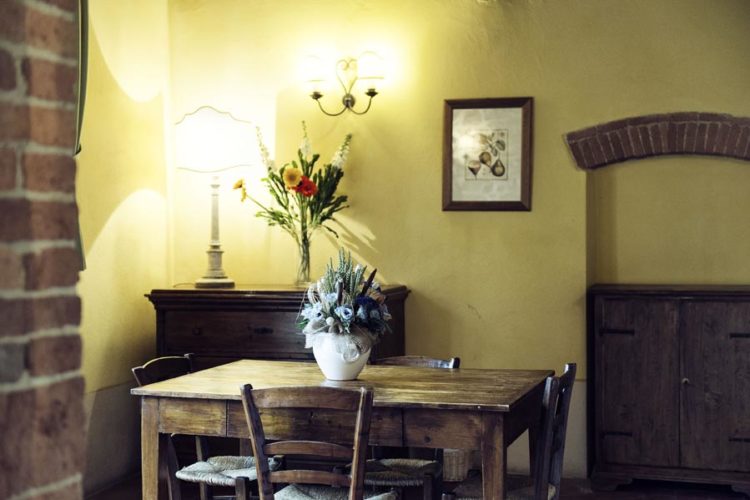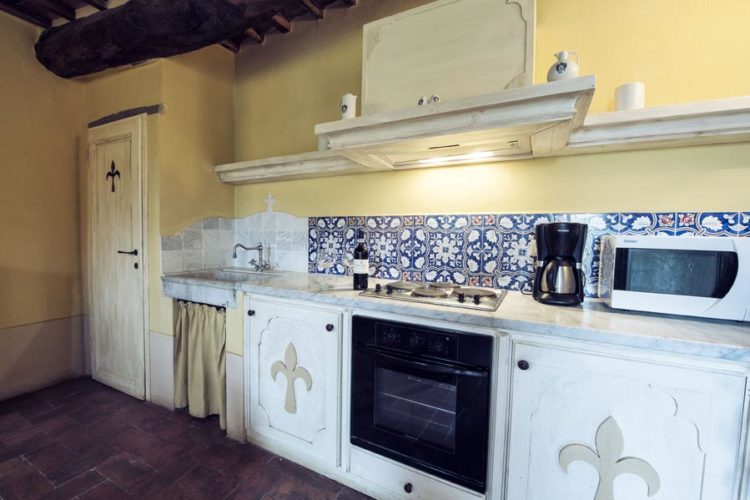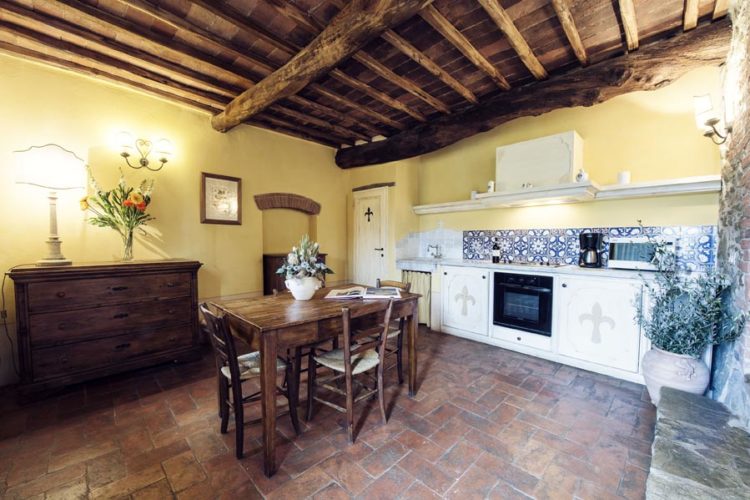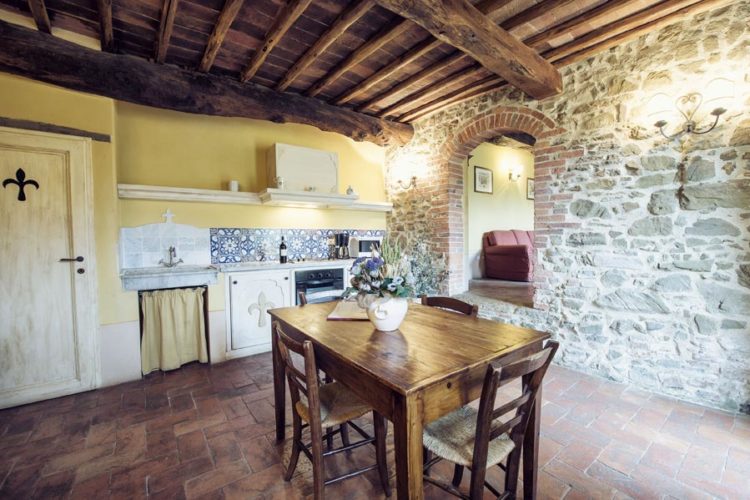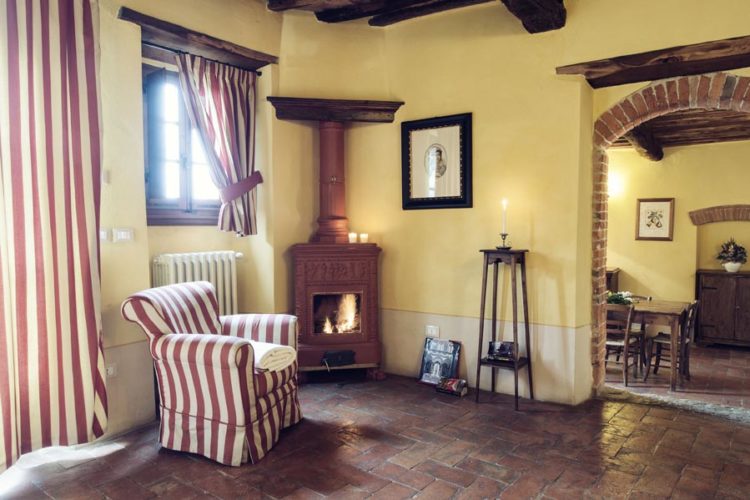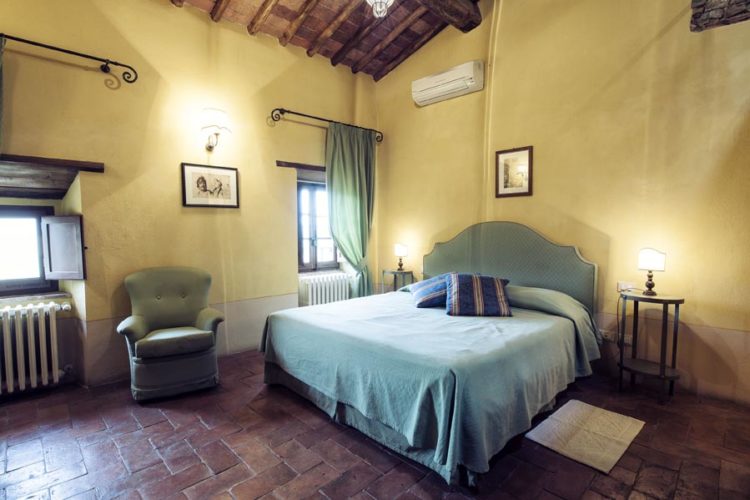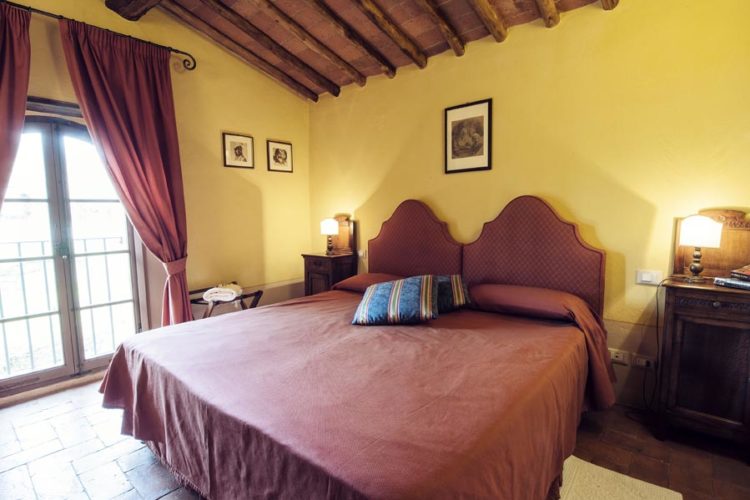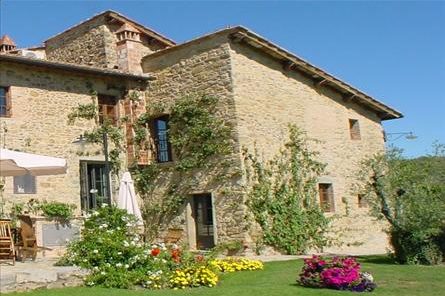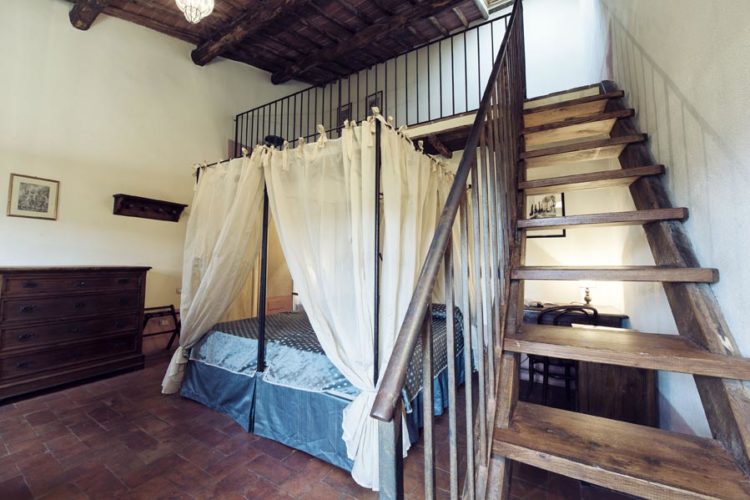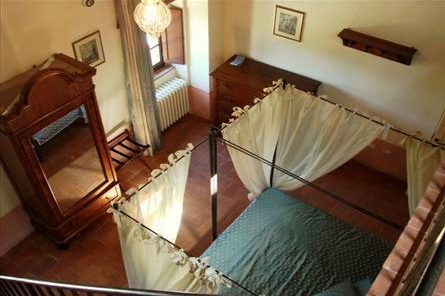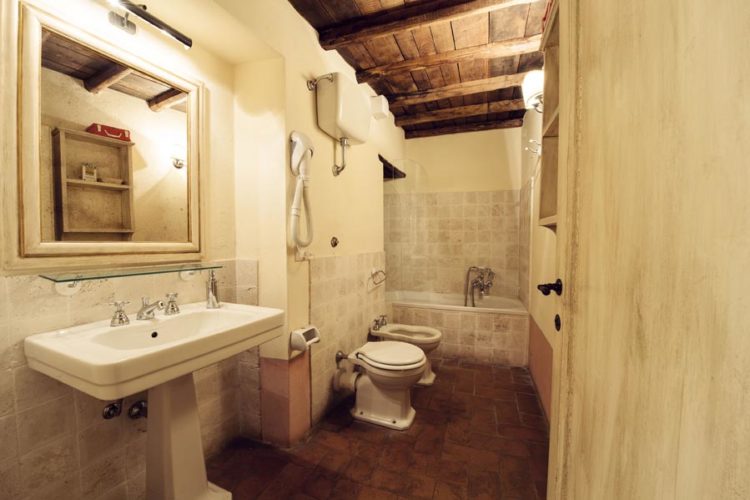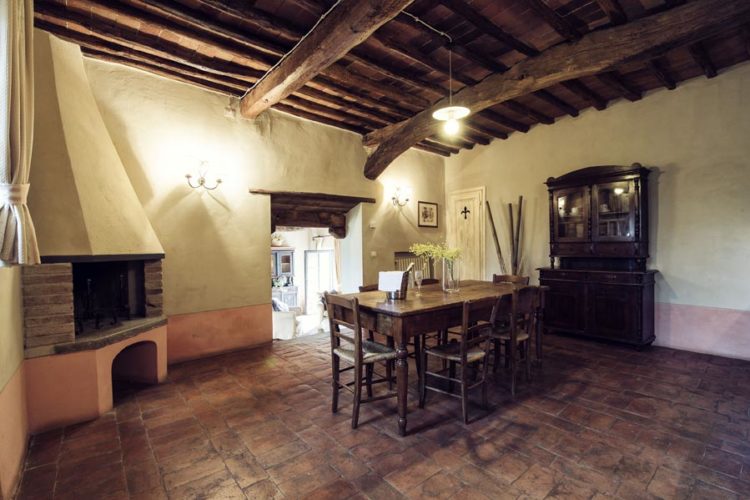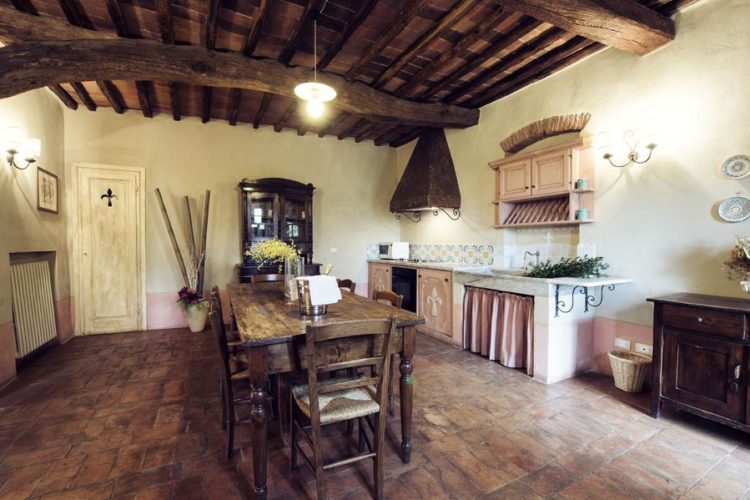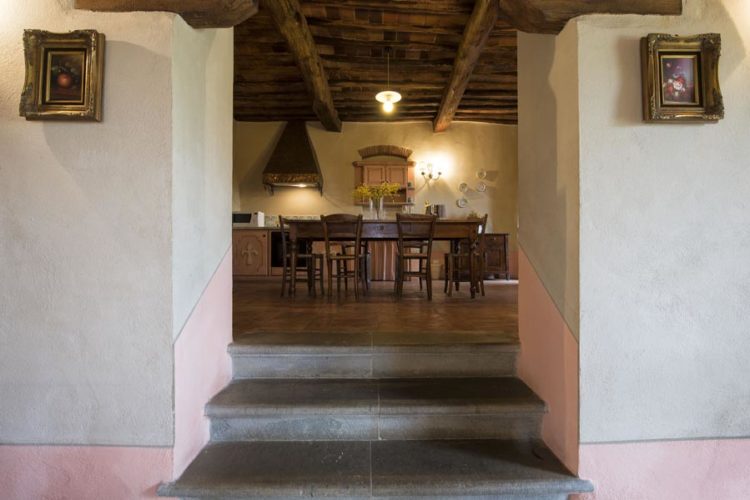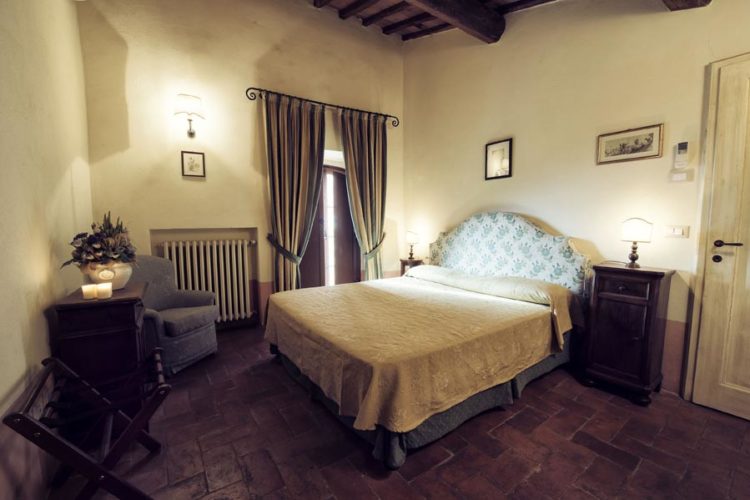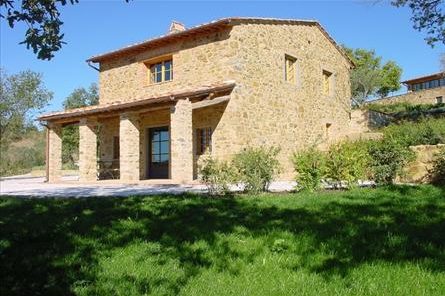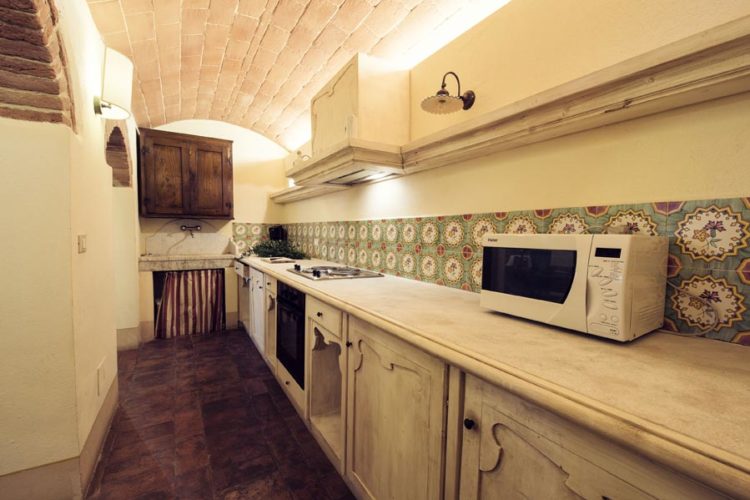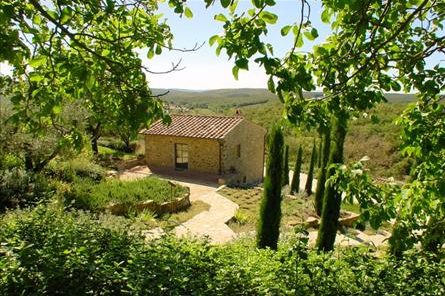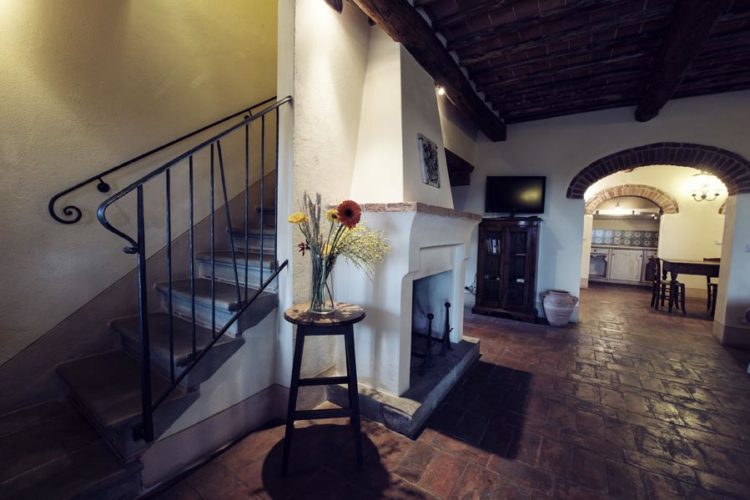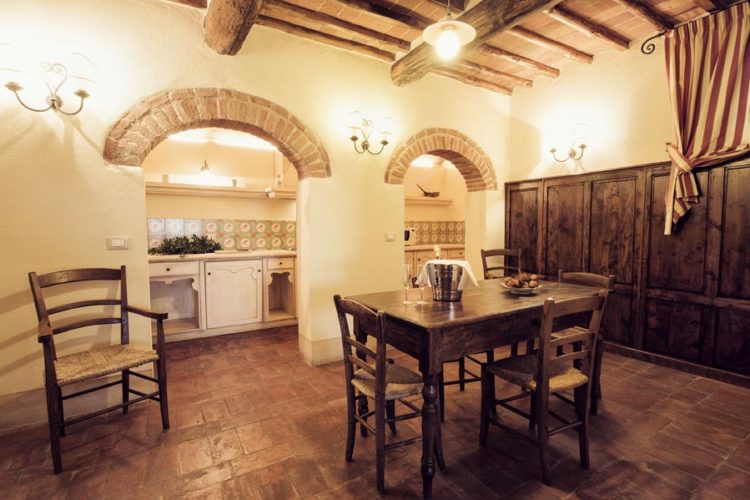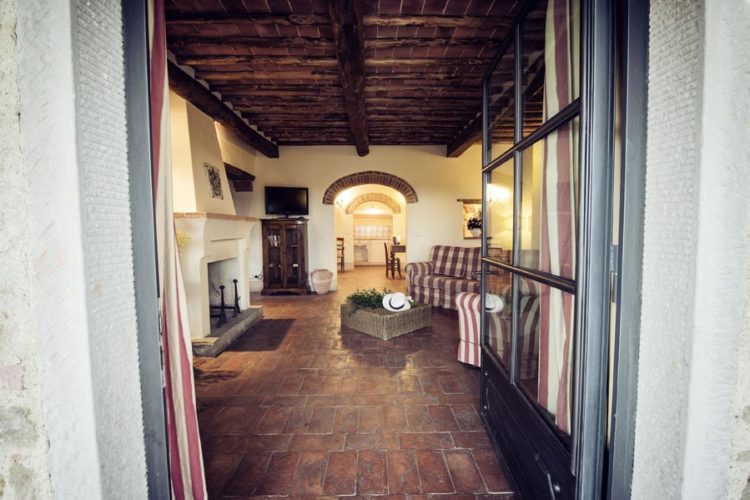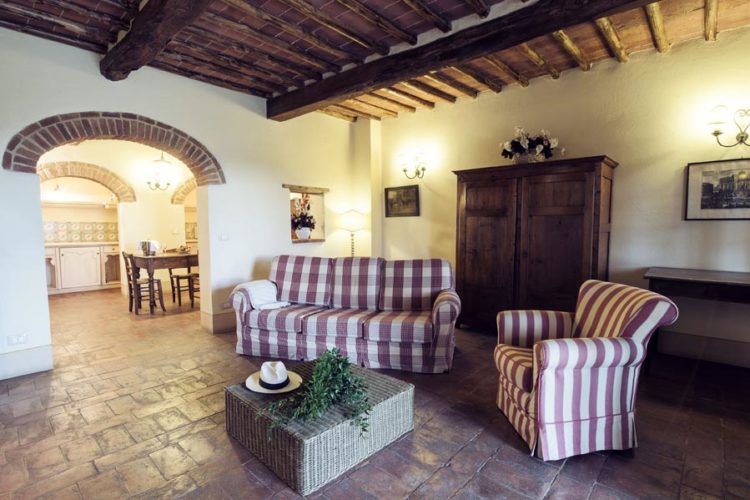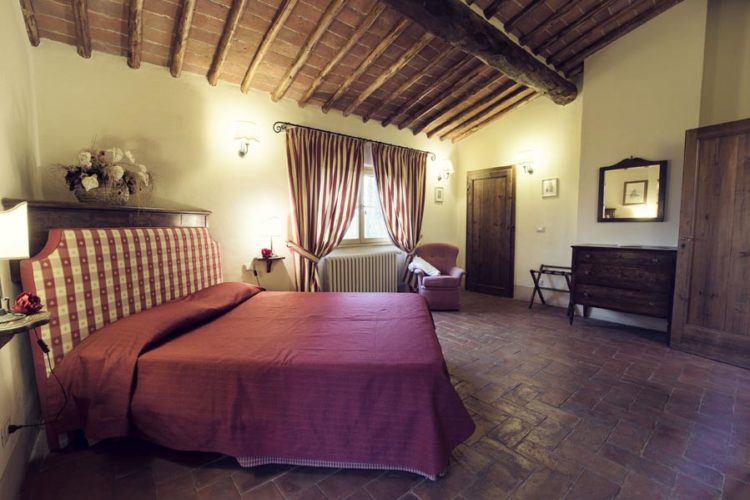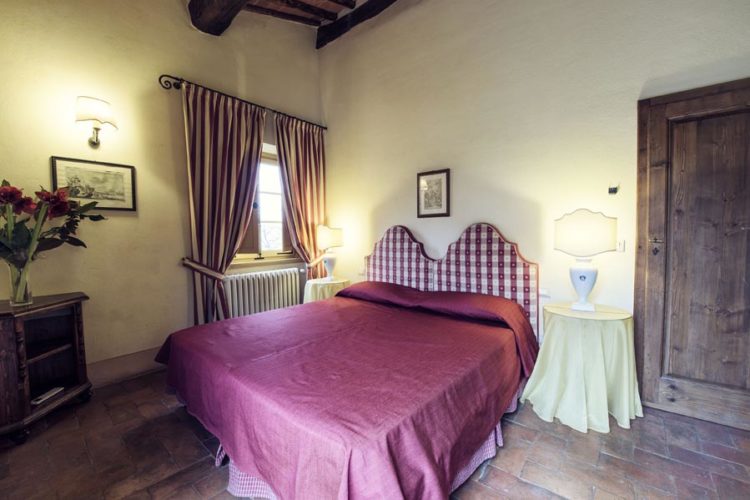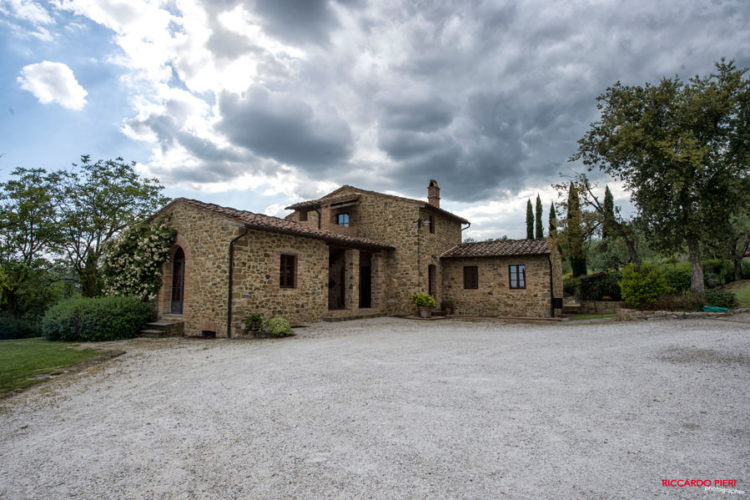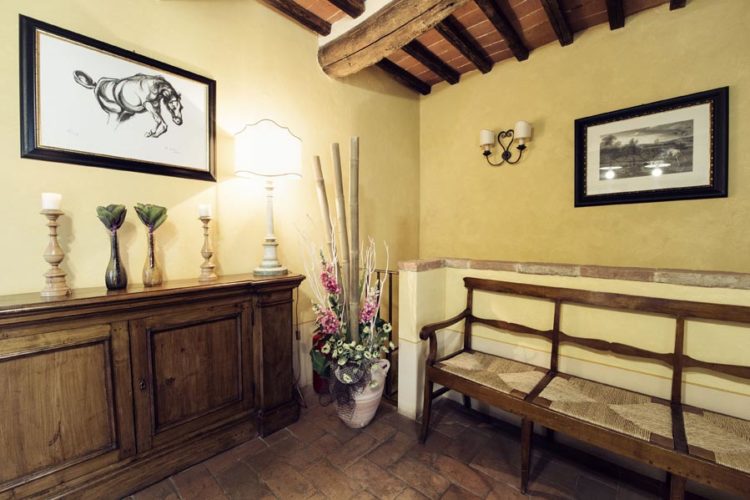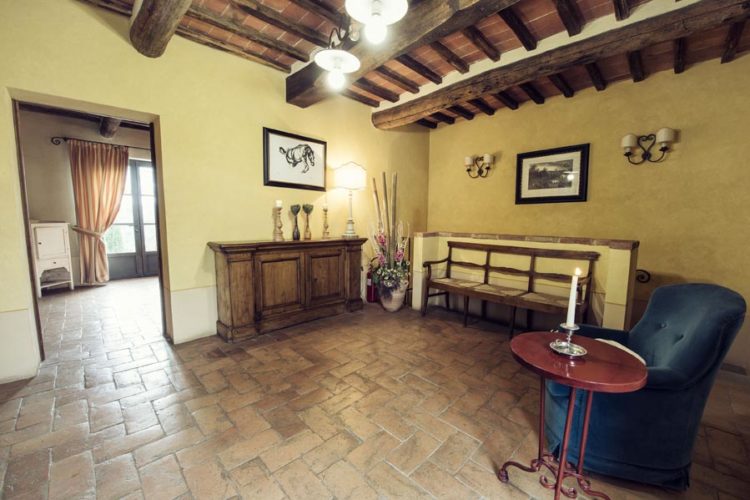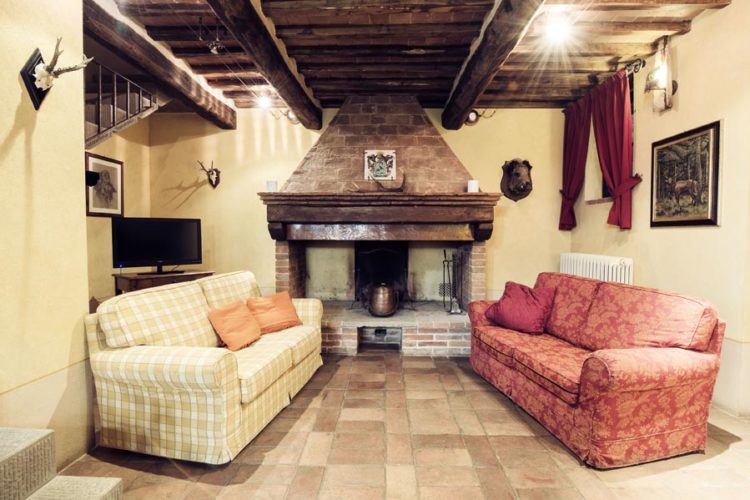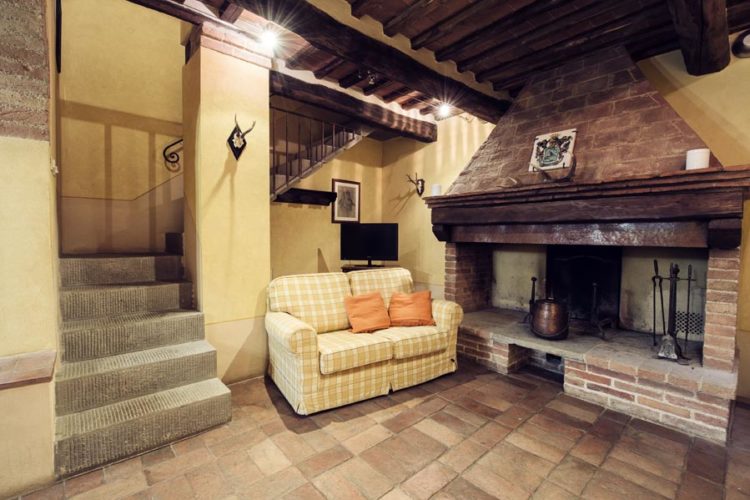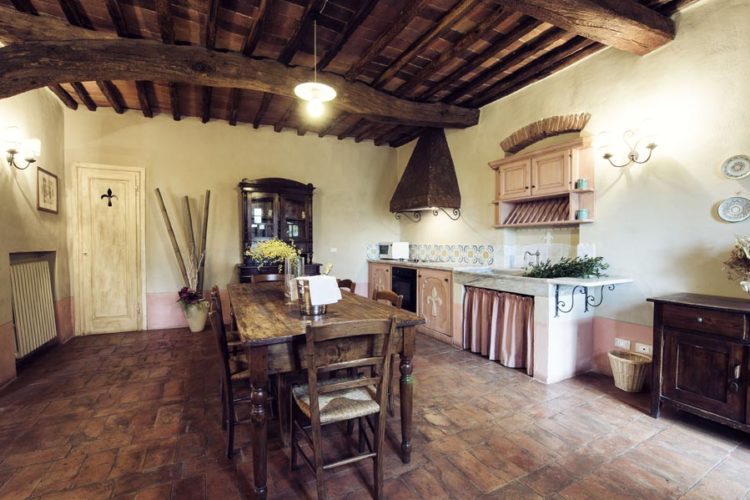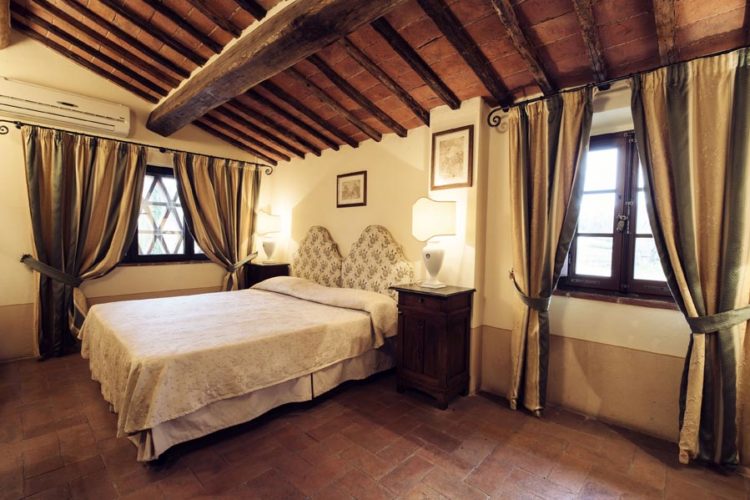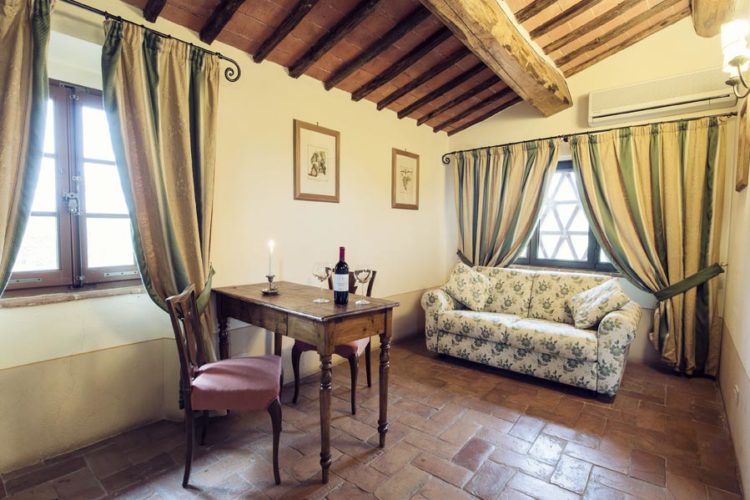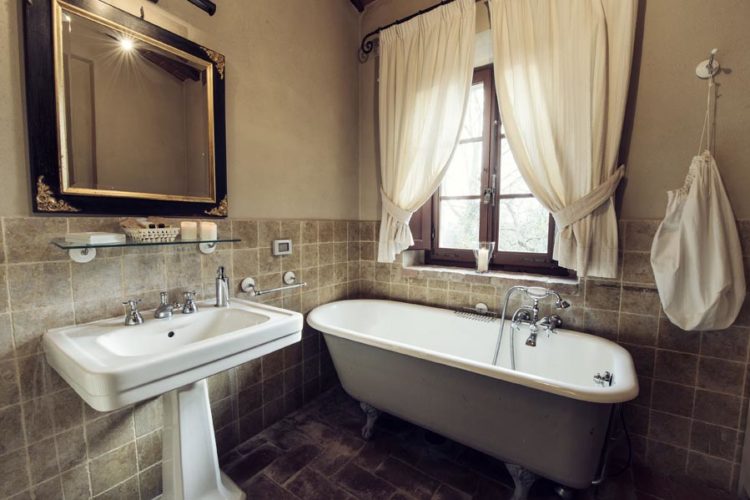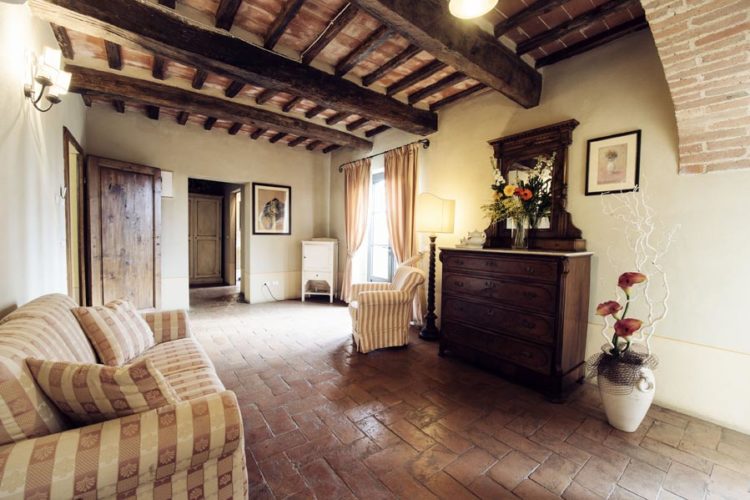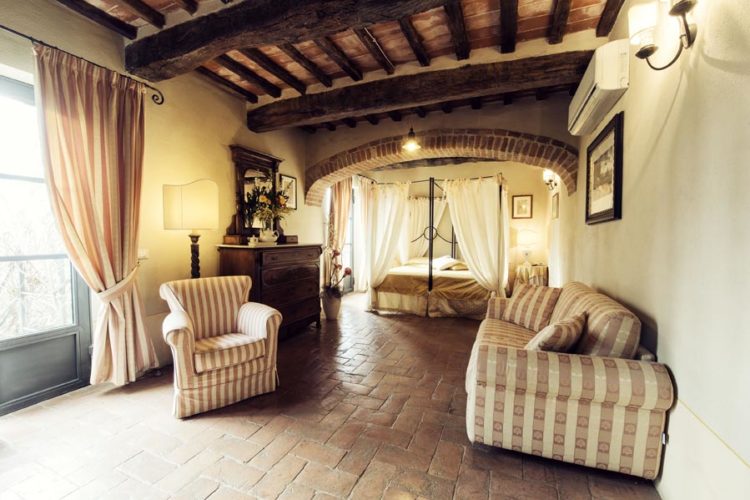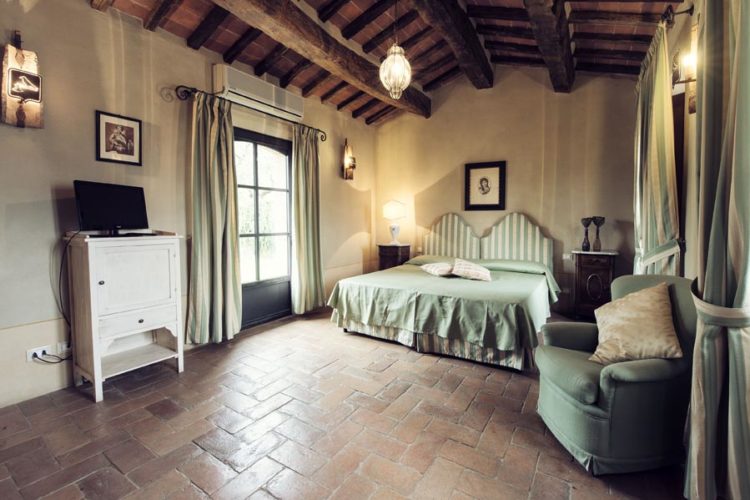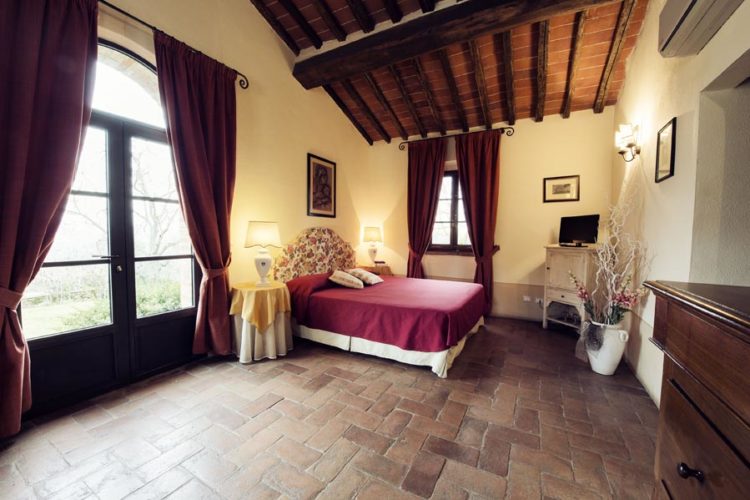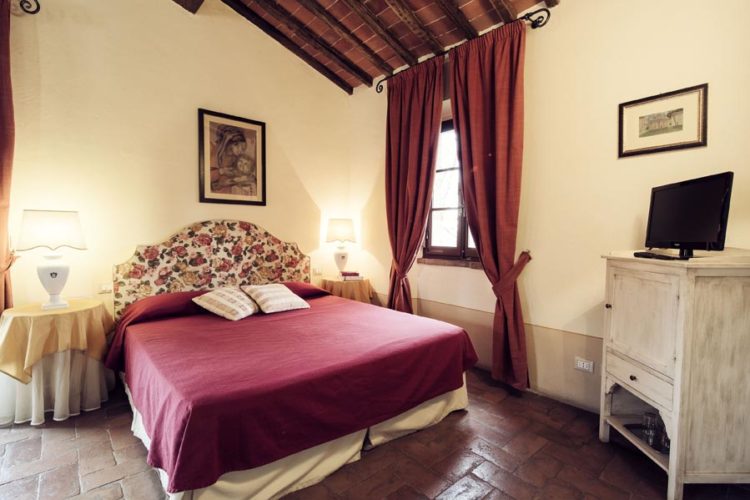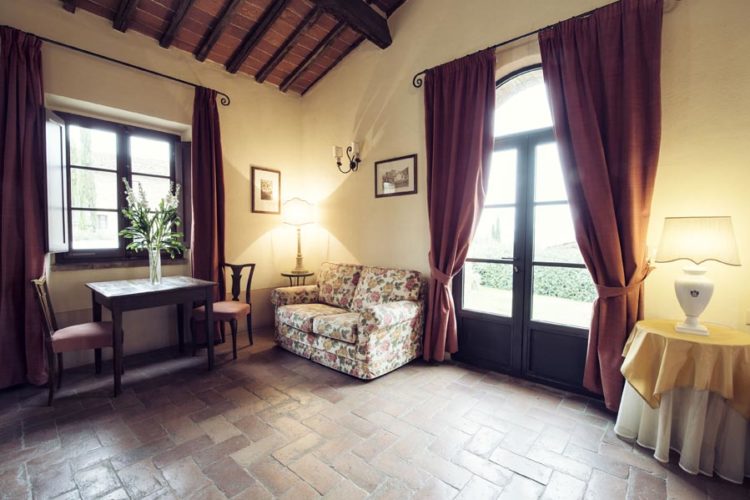The Healing Power of Passion: Awakening the Epigenetic Alchemy of Your Heart
Cost & AccommodationsTo Register... Click HereACCOMMODATIONS
Villa Casa Cornacchi
Toscana
Tuscany, ITALY

 The Villa is an ancient noble estate, is situated among the rolling hills of the Chianti wine region north-east of Siena in the typical Tuscan environment of pine and oak woods, among olive groves and vineyards where it is possible to admire one of the most enchanting landscapes, captivating anyone who has the opportunity to lay eyes upon it. History has bound for many centuries these lands developing cultural centers and strategic defenses. As such the Villa Estate was erected in 1529 AD. Through the centuries the Chianti area has growth to being an important cultural and wine production center with farms such as Castello di Bossi, Felsina and others acquiring international resonance.
The Villa is an ancient noble estate, is situated among the rolling hills of the Chianti wine region north-east of Siena in the typical Tuscan environment of pine and oak woods, among olive groves and vineyards where it is possible to admire one of the most enchanting landscapes, captivating anyone who has the opportunity to lay eyes upon it. History has bound for many centuries these lands developing cultural centers and strategic defenses. As such the Villa Estate was erected in 1529 AD. Through the centuries the Chianti area has growth to being an important cultural and wine production center with farms such as Castello di Bossi, Felsina and others acquiring international resonance.
This villa commands breathtaking views in this unique territory and has graceful landscaping which surrounds its beautiful lodgings. As one descends towards the courtyard to the garden and swimming pool area, a one-of-a-kind landscape of the Chianti region near Siena appears. A rose-covered bower separates the 20 by 7 meters infinity swimming pool from the large 7 by 2,50 meter outdoor jacuzzi
Accommodations and Cost
Villa Cornacchi
Double occupancy from USD $3,295 – $3,595 per person. Triple occupancy from USD $2,995 – $3,150 per person. The specific cost of this retreat depends on the type of accommodations you choose…see below. To support the power and flow of this program, we are asking for everyone attending, to stay at Villa Cornacchi for the entire time.
The following is included in the cost:
- All of Dr. Darren and Dr. Kulvi’s lectures, presentations and demonstrations
- Pick up and return from the Florence airport within set time frames
- All internal transportation
- All accommodations at a beautiful Tuscan villa for 7 nights
- All evening offerings
- All breakfasts
- Four lunches
- Four dinners
- Excursions to: Florence, Siena, San Gimignano, Assisi and the Chianti trail
- Wine tasting at the villa
- Tenuta Torciano Cantina Wine Tour, tasting, and lunch

- Attendance at Gregorian chant session
- Optional morning yoga/meditation sessions
Not Included:
- Air Fare
- Personal Items
- Tips
The Various Rooms in the Villa Estate
.
.
La Torre – Two private bedrooms with ensuite bathrooms and a queen bed in each. Tower bedroom is $3,450 per person dbl occupancy, lower bedroom is $3,395 per person dbl occupancy
Located in the most ancient part of Villa Cornacchi Estate, La Torre apartment is 80 square meters/861 square feet, and on the ground floor it features a comfortable living room with fireplace.
The panoramic double bedroom has an en-suite bathroom and is next to the living room. The stone staircase leads to the top of the old tower where you will find beamed ceilings adorning another double bedroom with en-suite bathroom. Both bathrooms have showers.
The dining room on the ground floor has a table for 4 people and an equipped kitchen with dishwasher, microwave, stove, electric oven, refrigerator and freezer. The apartment also offers air-conditioning in all rooms, satellite-tv, and hair dryers. A private table for four is located in the shared garden just in front of the tower. Torre apartment can connect with Giorgio apartment through internal doors.
.
Giorgio – Two bedrooms, each with private bathrooms. One has a queen bed and the other has two single beds. Each is $3,350 per person double occupancy
As you enter this very large apartment from the private patio, you will see two floors with a dining/living room and kitchen on the ground floor. The first floor also hosts two double bedrooms and one of them can be accommodated to have two single beds. Both are air conditioned and have a Satellite -TV. The apartment has two bathrooms, one with a shower and the other with bathtub and shower, and both have a hair dryer.
An outdoor private table for 4 people is also available for refreshments and snacks. Remodeled and furnished with Tuscan architectural concepts, the apartment provides you with comfort and stylish decor. It connects to Torre through a common door.
.
Niccolo – Bedroom #1 SOLD OUT per person double occupancy. Bedroom #2 -SOLD OUT per person dbl occupancy (this bedroom can be accommodated with two twin beds)
This bright apartment, Niccolo, has a living room, one bathroom and a kitchen on the ground level with direct access to the terrace and the two bedrooms and one bathroom in the first floor.
The fully equipped kitchen has a dishwasher, refrigerator, freezer, microwave oven, stove, and electric oven. All rooms have air-conditioning, the apartment has a TV set, and a hair dryer in the bathrooms.
Francesco has a queen bed $3,595 per person dbl occupancy
This apartment is set on the ground floor with direct entrance from the private garden. Entering the apartment, the sunny living room opens up with the kitchen and the bedroom on the left.
It includes a living room and fully equipped kitchenette with dishwasher, refrigerator with freezer, microwave oven, stove, and electric oven. The queen bedroom features air-conditioning, satellite-tv and a bathroom with shower and bathtub. The hair dryer is provided. Its private terrace/garden area is perfect for alfresco eating.
Giovani has two bedrooms both with ensuite bathrooms. The master bedroom has two single beds and a third bed in the mezzanine for $3,150 per person triple occupancy. The other bedroom has a queen bed and is $3,450 per person double occupancy.
This apartment is one of the largest at the Villa Cornacchi Estate, and it is composed of two floors.
The ground floor features a living room with a dining table for four people and a fully equipped kitchen with dishwasher, refrigerator and freezer, microwave oven, stove, and electric oven. In addition there is a service restroom and private access to the garden of the apartment with private outdoor seating for four people to dine alfresco.
On the first floor are the two queen bedrooms of which one can become a twin bedroom, and two bathrooms with shower. This accommodation has air conditioning in all bedrooms, satellite-TV, and hair dryers in both bathrooms.
Ferdinando has two bedrooms both with ensuite bathrooms. The master bedroom has two single beds and a third bed in the mezzanine for $3,150 per person triple occupancy. The other bedroom has a queen bed and is $3,450 per person double occupancy.
This apartment is one of the largest ones in the Villa Cornacchi Estate. It has three private entrances from the terrace and the private garden. The apartment encompasses two floors. On the first floor it features two double bedrooms with queen size canopy beds and ensuite bathrooms. One of the bedrooms can be accommodated to have two single beds. One bathroom features a shower and a bathtub, while one with a shower.
The ground floor includes a sunny living room with open access to the shared terrace. In the living room is the dining table for four people, while the fully equipped kitchen with dishwasher, refrigerator with freezer, microwave oven, electric oven and gas stove is right next to it. A service bathroom is also on this floor, and an outdoor private sitting area is located in the garden where you can have refreshments and snacks. All bedrooms feature air-conditioning, Sat-TV and both bathrooms have hair dryers.
Caterina Cottage SOLD OUT per person dbl occupancy for either of the 2 bedrooms with ensuite bathrooms for each
Caterina is a very large independent cottage on two floors facing the Villa Cornacchi Estate. It is completely separated from the main body of the main villa and overlooks the Chianti valley on the opposite side.
On the ground floor it features a bright living room with a stone fireplace and a comfortable sofa with armchairs, a dining room with a table for 6 people, and a fully equipped kitchen with dishwasher, refrigerator with freezer, microwave oven, electric oven and gas stove. The first floor has two double bedrooms, one with ensuite bathroom with shower and bathtub, while the other one is adjacent with shower. All bedrooms feature air conditioning, TV set, and both bathrooms have a hair dryer available.
This cottage has an independent garden access and usage. An outdoor patio and garden area are available and a great place to have snacks and refreshments.
.
Villa Locanda has five suites.
1.Rosa has a queen bed at $3,295 per person dbl occupancy
2 & 3. Olivi and Cipresi each has 2 single beds, each at $3,295 per person dbl occupancy
4. Jasmine has 3 single beds and is on the ground floor at $2,995 per person, triple occupancy
5. Noci has 3 single beds and is on the upper floor at $2,995 per person, triple occupancy
This is an independent cottage completely separate from the main body of Villa Cornacchi Estate. Set in a very rewarding position at the hamlet, it faces wonderful views of the Tuscan countryside. Surrounded by its own private garden, it is composed of five independent suites. Each suite features one double bedroom with ensuite bathroom.
On the ground floor is the common area featuring a dining room with a table for 8 people, a fully equipped kitchen with full amenities such as dishwasher, refrigerator with freezer, a microwave oven, gas stove, and electric oven. The outdoors are very private and feature a dining area for alfresco snacks and beverages.
To Register, Click Here
Take a look at some of the places you will be exploring…
FLORENCE…A CITY OF STONE
 Florence is an amazing city situated in the Arno valley. Its historic importance and artistic contributions make it a city that is a must to visit. At the heart of the city is the Fountain of Neptune, which is a masterpiece of marble sculpture at the terminus of a still functioning Roman aqueduct. The Arno river, which cuts through the old part of the city, is as much a character in Florentine history as many of the men who lived there. Historically, the locals have had a love-hate relationship with the Arno — which alternated from nourishing the city with commerce, and destroying it by flood. Many of the bridges across the Arno were built by the Romans.
Florence is an amazing city situated in the Arno valley. Its historic importance and artistic contributions make it a city that is a must to visit. At the heart of the city is the Fountain of Neptune, which is a masterpiece of marble sculpture at the terminus of a still functioning Roman aqueduct. The Arno river, which cuts through the old part of the city, is as much a character in Florentine history as many of the men who lived there. Historically, the locals have had a love-hate relationship with the Arno — which alternated from nourishing the city with commerce, and destroying it by flood. Many of the bridges across the Arno were built by the Romans.
One of the bridges in particular, however, stands out as being unique — The Ponte Vecchio, whose most striking feature is the multitude of shops built upon its edges, held up by stilts. First constructed by the Etruscans in ancient times, this bridge is the only one in the city to have survived World War II intact.The most famous palace in the city is San Lorenzo, which has become a monument to the Medici family who were one of the most powerful families in Florence during the 15th century. Nearby is the Uffizi Gallery, one of the finest art galleries in the world.
CHIANTI REGION…
 It is a vast geographic area from the hilly landscape placed at the center of the Tuscan region, between Siena and Florence, whose limits are distinguished at the North in the Ombrone river; at the East in the Monti of the Chianti, at the South in the Arno and at the West in the valley of Elsa.Its hills, crossed by a rich network of short rivers, those of the Pesa, the Elsa, the Greve, the Ombrone and the Arbia, are everywhere famous for the incomparable naturalistic beauty and as an example of harmonious union between environment and human activity, which is reflected by the orderly cultivation of vines and olive trees and by the golden expanse of grain.
It is a vast geographic area from the hilly landscape placed at the center of the Tuscan region, between Siena and Florence, whose limits are distinguished at the North in the Ombrone river; at the East in the Monti of the Chianti, at the South in the Arno and at the West in the valley of Elsa.Its hills, crossed by a rich network of short rivers, those of the Pesa, the Elsa, the Greve, the Ombrone and the Arbia, are everywhere famous for the incomparable naturalistic beauty and as an example of harmonious union between environment and human activity, which is reflected by the orderly cultivation of vines and olive trees and by the golden expanse of grain.
The rural reality of the Chianti region is not however monotonous, it also presents, in fact, woodland areas composed essentially of oak and chestnut trees of coppices that cover the slopes of the surfaces. The fascination of this territory lies in the perfect equilibrium between the soft forms of slopes and the thousand nuances of color and crowded woods, populated by ancient castles, secular parishes, pleasant villas and large Jarms, in which the tradition well mixes with the most modern criteria of organization and production.
A region, so to say, with a primarily agrarian vocation, whose roots go back to a very remote past, as it is shown by it’s name, “Chianti, ” that according to some scholars would derive from the Latin clangor which stands far “sound of the trumpet”: referring to the noise produced by the instrument anciently used during the hunting parties in this territory; according to others, from Clante, the name of Etruscan families who lived here between the VII and the VIII centuries BC and to whom the introduction of the vine and it cultivation in Tuscany is attributed.The term appears far the first time in 790 in a manuscript drafted by a monk in the Badia of San Bartolomeo a Ripoli, even though the description that he gave of the territory does not seem to correspond, since the monk describes it as a very humid zone as opposed to the mountainous and dry characteristics of the Chianti region. Later, in documents of the XIII century, the term comes to refer to the Monti of the Chianti (which in reality, in spire of their name, are little more than high hills).
Already around the year 1000, these lands began to appear among the possessions of the marquis Ugo of Tuscany and of his successor Bonifacio, who donated ample portions of them to the Fiorentine abbey. An approximate division of the territory between rural earldoms and the great abbeys of Passignano, Montemurlo and Coltibuono dates back to the same age: an equaI partition between civil and religious power.This is the period of maximum expansion of a demolished domain that covers the region with a great number of castles spread for the most part on little hills, in militarily strategic positions. Among them are those of Cintoia, Lamole, Montefili, Montefioralle, Panzano, Verrazzano, Uzzano, Vicchiomaggio, Cacchiano, Brolio, Meleto, Tornano, Vertine, and Aiola.In this time originates the long easting contrast between Guelph Florence and Ghibelline Siena for the supremacy on a such a vast and rich area.
A curious legend narrates an episode which illuminates us on the grade of existing rivalry, at the beginning of the thirteenth century, between the two republics for the attribution of their boundaries. The argument was centered on a competition of speed between two horsemen, who were to depart, one from Florence and the other from Siena, and meet at a point which would then delineate the limits of their respective territories. The hour of departure was fixed at the first calI of the rooster: The Florentines, astutely would use as an alarm clock a young black rooster which, kept without food, launched his calI much earlier than dawn. It was in this way that the florentine horseman, departing earlier could cover a greater distance than his rival, conquering more land for his republic. The place in which the two horsemen met still carries the name of Croce Fiorentina.
SIENA… A MEDIEVAL WONDER
 Surrounded by olive groves and the vineyards of Chianti, Siena is one of the most beautiful cities of Tuscany. Set on three hills, the city is drawn together by winding alleyways and steep steps, whilst the Piazza del Campo stands at its heart, and the Duomo and St Maria della Scala serve as additional cultural landmarks. Famed for the “Palio”, the annual historic horse-races that take place on July 2nd and August 16th, it is also home to one of the oldest Universities in Europe, which ensures a vibrant Italian student atmosphere throughout the academic year.
Surrounded by olive groves and the vineyards of Chianti, Siena is one of the most beautiful cities of Tuscany. Set on three hills, the city is drawn together by winding alleyways and steep steps, whilst the Piazza del Campo stands at its heart, and the Duomo and St Maria della Scala serve as additional cultural landmarks. Famed for the “Palio”, the annual historic horse-races that take place on July 2nd and August 16th, it is also home to one of the oldest Universities in Europe, which ensures a vibrant Italian student atmosphere throughout the academic year.
There are so many great things you will see in Siena. It has uniquely preserved medieval architecture, and you can walk from tiny piazzas shared by you and a couple of pigeons to stately 14th and 15th century buildings. There is always something to notice and admire as you explore this unique city. Limited traffic within the city centre enhances your experience and adds to the feeling of stepping back in time into a medieval world.
Here’s a bit of history about Siena and links to find out more about this enchanting place. Siena is a city in Tuscany, Italy. It is the provincial capital of Siena province.The historic center of Siena has been declared by UNESCO a World Heritage Site. Siena, like many other Tuscan hill towns, was first settled in the time of the Etruscans (c. 900 BC to 400 BC) when it was inhabited by a tribe called the Saina. The Etruscans were an advanced people who changed the face of central Italy through their use of irrigation to reclaim previously un-farmable land, and their custom of building their settlements in heavily armored hill-forts.
advanced people who changed the face of central Italy through their use of irrigation to reclaim previously un-farmable land, and their custom of building their settlements in heavily armored hill-forts.
It has been argued that their Pagan society which practiced matrilineal inheritance, and was devoted to their goddesses was one of the reasons why Roman Goddesses such as Diana and, with the arrival of Christianity, the Virgin Mary came to be of such importance to the people of the Italian peninsula. If this is true, it suggests that the Cult of the Virgin which is omnipresent in the fabric of Siena’s ancient stones has an origin which is older still.
What we can say for certain is that the Romans founded a town called Saenna Julia on the site of a pre-existing Etruscan settlement, and from this has grown modern Siena. Siena may then have been under the control of invading Gaulish forces – who are known to have sacked Rome in 390 BC. Some archaeologists assert it was controlled for a period by a Gaulish tribe called the Saenones. The Roman origin accounts for the town’s emblem – a she-wolf suckling the infants’ Romulus and Remus. According to legend, Siena was founded by Senius, son of Remus, who was in turn the brother of Romulus, after whom Rome was named. Statues and other artwork depicting a she-wolf suckling the young twins Romulus and Remus can be seen all over the city of Siena. Other etymologies derive the name from the Etruscan family name “Saina”, the Roman family name of the “Saenii”, or the Latin word “senex” (“old”) or the derived form “seneo”, “to be old”.
SAN GIMIGNANO…LA CITTA DELLE BELLE TORRI
 Perched on a hill with its towers thrown into sharp relief by the deep green mountains behind it, San Gimignano looks like a town plucked from a fairy tale and set into the Tuscan countryside. Of course, it’s not. Nor has it always been the sleepy little town it is today: In the late middle ages it was one of Central Tuscany’s most important trading centers, strategically perched astride the intersection between the main highway from Rome to the Alpine passes, and the road connecting the Tuscan heartland to the maritime republic of Pisa and the coast.
Perched on a hill with its towers thrown into sharp relief by the deep green mountains behind it, San Gimignano looks like a town plucked from a fairy tale and set into the Tuscan countryside. Of course, it’s not. Nor has it always been the sleepy little town it is today: In the late middle ages it was one of Central Tuscany’s most important trading centers, strategically perched astride the intersection between the main highway from Rome to the Alpine passes, and the road connecting the Tuscan heartland to the maritime republic of Pisa and the coast.
We will spend a half day or so visiting this ancient village that affords wonderful opportunities for unique photography and marvel at the beauty and spirit of its structures. Here’s a little more information about this charming town. San Gimignano is a small walled medieval hill-top town in Tuscany, Italy, about a 35 minute drive north-west of Siena and about the same distance southwest of Florence. It is mainly famous for its medieval architecture, especially its towers. In Tuscan medieval walled towns, rich families competed in the erection of high towers, that served as lodgings, fortresses and prestige symbols.
Because San Gimignano sits atop a hill the skyline can be seen for several miles outside the town. In medieval and Renaissance times it was a stopping point for pilgrims on their way to Rome and the Vatican. While in other cities like Bologna or Florence, most or all of the towers have been brought down due to wars, catastrophes or urban renewal, San Gimignano managed to conserve about 15 towers of varying height. The modern town has extended some kilometers out and is no longer affected by this race.
San Gimignano is also famous for its Torture museum, with a display of instruments and devices for torture in various times and places, complete with multi-lingual descriptions of their use.There are many churches in the town: the two main ones are the Collegiata and Sant’Agostino. The town is also known for the white wine grown in the area, Vernaccia di San Gimignano. A fictionalized version of San Gimignano features in E.M. Forster’s 1905 novel Where Angels Fear to Tread as Monteriano.
ASSISI…KNOWN FOR THE SACREDNESS OF ITS ARCHITECTURE
After an early breakfast, we’ll go to Assisi a small Umbrian town in central Italy, located 12 miles (19 km) east of Perugia at an elevation of 1,300 feet (400 meters). Assisi is best known as the birthplace of St. Francis of Assisi — patron saint of Italy, founder of the Franciscan order, and one of the most popular Catholic saints in history. Assisi’s main attraction is the 13th-century Basilica di San Francesco, which contains the sacred relics of Francis and beautiful frescoes of his life. And there are at least seven other churches well worth visiting for their history, beauty, and connection with Francis or his friend Clare. The town of Assisi, with its Roman ruins, winding medieval streets and sacred shrines, has been a major Catholic pilgrimage destination for centuries and is today one of the most popular destinations in Italy. And several sites outside of the city walls remain quiet and frequented mainly by pilgrims. The town is dominated by two medieval castles. The larger, called Rocca Maggiore, is a massive reconstruction by Cardinal Albornoz (1366) and expanded by popes Pius II (polygonal tower, 1458) and Paul III (the cylindrical bastion near the entrance, 1535-1538). The smaller of the two was built in Roman era: it has been only partially reserved, a small portion and three towers being open to the public. Now the site of many a pilgrimage, Assisi is linked in legend with its native son, St. Francis. The gentle saint founded the Franciscan order and shares honors with St. Catherine of Siena as the patron saint of Italy. He is remembered by many, even non-Christians, as a lover of nature, his preaching to an audience of birds is one of the legends of his life.


